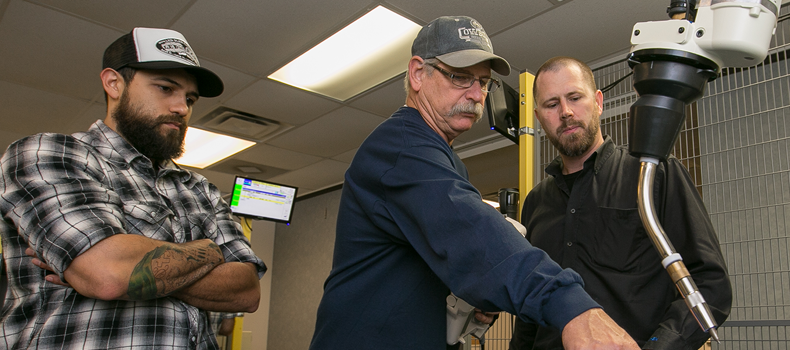
If you've ever had to hire a new employee, you know how much stress is involved. You advertise for a new or vacant position, sort through the resumes, bring in the best for interviews and then decide. But your stress and expenses have only begun at that point. After you've hired a great prospect, they must be trained and focused on exactly what you need them to do for your company. Only then can you begin to see a return on your investment. We know this time is difficult, so we've developed a guide to help you through the new-hire process:
Hire by Skill Set
After you've advertised a position, you need to find the best match for the position. If you get a perfect match, say a welder who has worked on extremely similar projects with the same equipment, this can be an easy task. But don't make the mistake of hiring a perfect skill set match who has a bad attitude, poor references or can't stay focused on the job. Try to find the best of both skill set and work attitude to hire a great employee.
Training
Take a solid look to figure out what the new hire already knows and where they need training. If you're hiring for production, this can be as simple as having them shadow an experienced employee in a position, then ask the seasoned employee their opinion. You also need to include time to train in company policies and procedures. If you see the new hire hesitating in a particular area, don't be afraid to ask gently if there are questions about the task at hand. Many new hires are reluctant to appear nervous or ill-prepared for a new skill in front of the person who did the hiring, so make sure you encourage feedback and communication.
Seeing a ROI
How do you determine the cost of a new employee? By adding up the costs of recruiting, hiring and training. Figuring out when you'll see a return on investment can be much more difficult. If the opening was for a production line position, you can determine how much additional productivity you've picked up with the new hire. If it was for a back office task, such as an accounting clerk, you can compare how much you'll save compared to outsourcing the task. Project these figures to determine ROI.
New hires can be a stressful part of your job, but by following these steps, it doesn't have to be. Follow them one at a time and implement the processes elsewhere in your company, such as promotions and cross-department transfers, to see a real difference in the processing time and cost.



